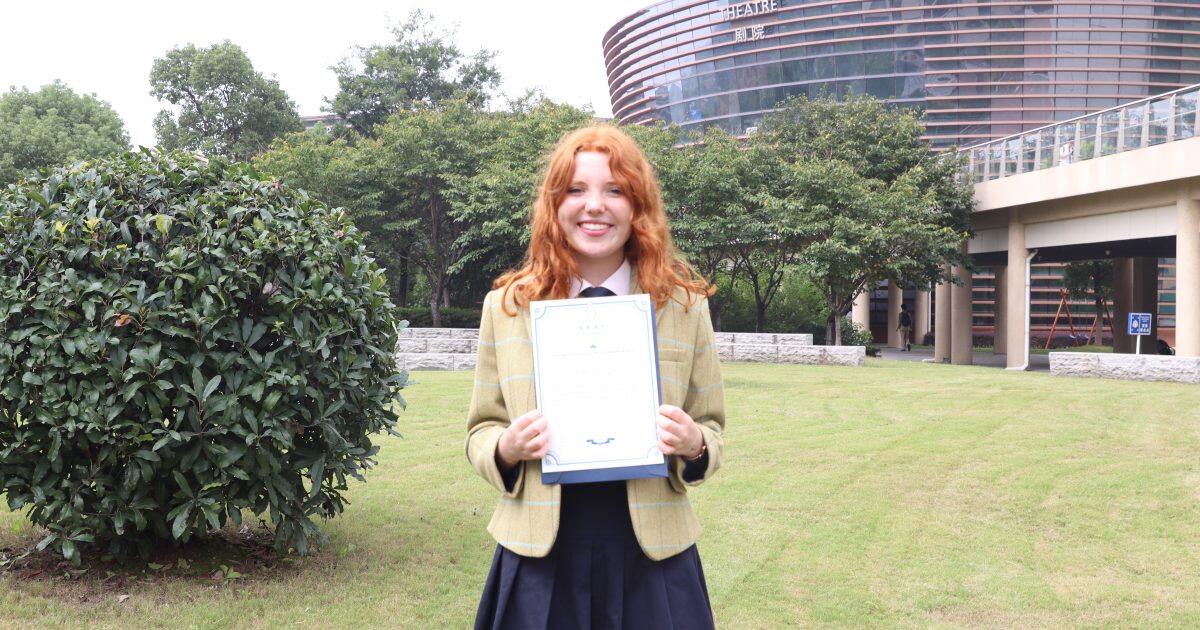Click the link to view the full version: WASCZ丨Exploring Uncharted Water: CAS Collaborates with You
Collaboration with the Chinese Academy of Sciences
Our curious and forward-thinking learners recently set sail on a remarkable expedition, venturing into the uncharted waters of a floating city. This ambitious endeavor aimed to unlock the endless possibilities that such a concept holds for the future. To ensure the success of this pioneering adventure, the renowned Chinese Academy of Sciences graciously joined forces with our passionate learners.
The Chinese Academy of Sciences, well-known for its groundbreaking research and commitment to innovation, graciously accepted our invitation to collaborate on this ground-breaking expedition. Their esteemed lecturers brought a wealth of knowledge and experience, providing invaluable guidance to our young explorers.
As the learners dived deeper into their experiment, they encountered another crucial principle – Newton’s law of floatation. This principle asserts that the upward buoyancy force acting on an object submerged in a fluid is equal to the weight of the fluid displaced by the object. In other words, an object will be buoyed up by a force equal to the weight of the fluid it displaces, allowing it to float effortlessly.
To put this principles to the test, the young scientists devised a range of experiments. They carefully selected objects of different shapes, sizes, and densities, then proceeded to submerge them in various liquids, such as water, oil, and even more dense solutions. By observing the behaviour of these objects, the learners were able to investigate the buoyancy forces at play and the factors influencing whether an object floats or sinks.
Their experiments yielded fascinating results. They discovered that a hollow vessel, such as a boat, created more buoyancy force as it displaced a greater volume of fluid compared to a solid object of equal weight. This finding underscored the importance of the shape and density of an object when considering its ability to float. Additionally, they observed that the type of fluid also played a significant role in determining an object’s buoyancy. While some objects effortlessly floated in the water, they sank when placed in less dense solutions.
As the young scientists concluded their experiment, their faces beamed with excitement and new knowledge. Through their inquisitive minds and diligent experimentation, they triumphantly navigated the realm of buoyancy, leaving a trail of discoveries in their wake. With a firmer grasp of the principles of buoyancy and Newton’s law of floatation, these enthusiastic learners are well on their way to unraveling the wonders of the scientific world.
More News



